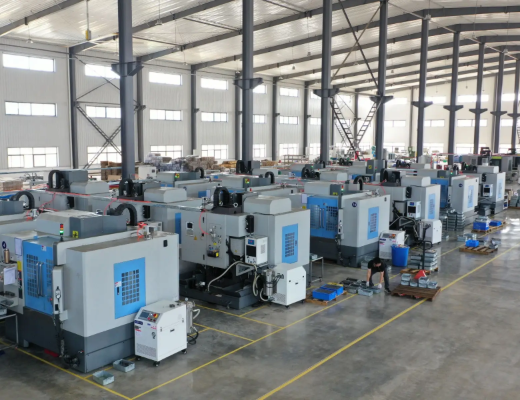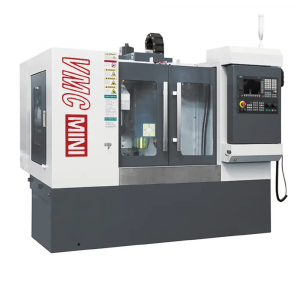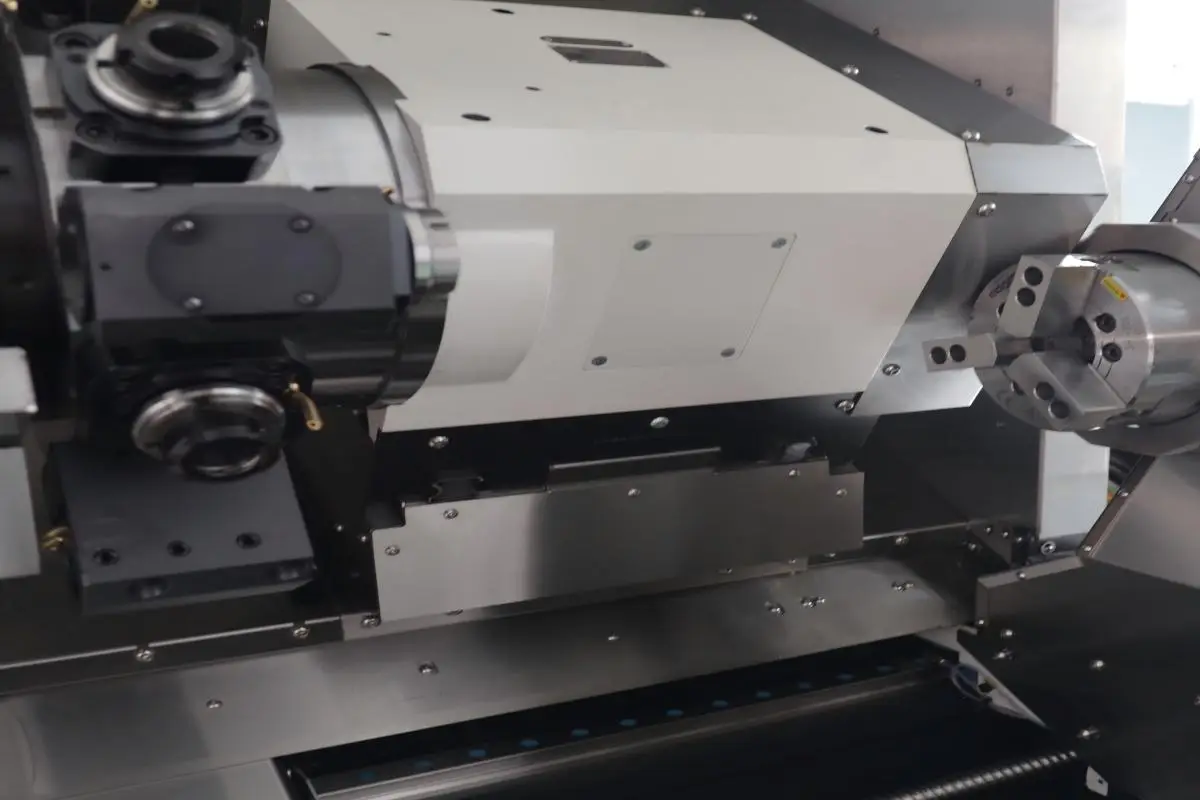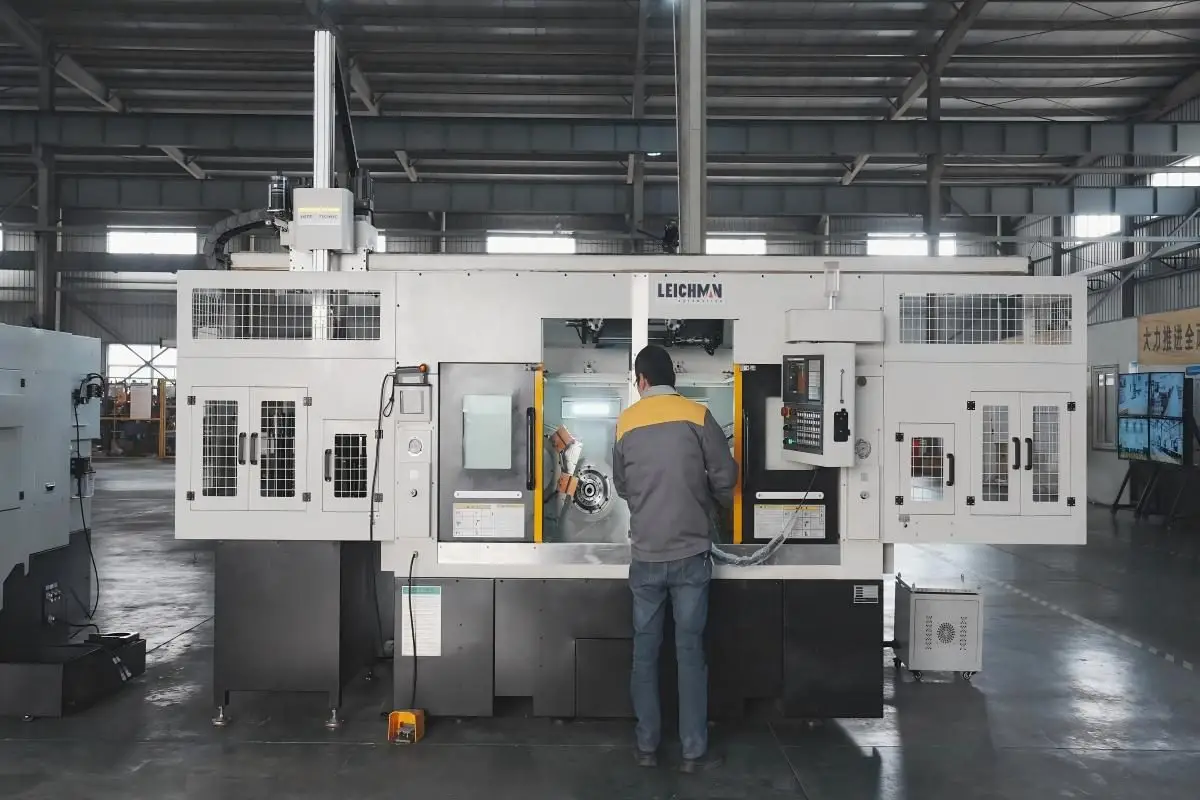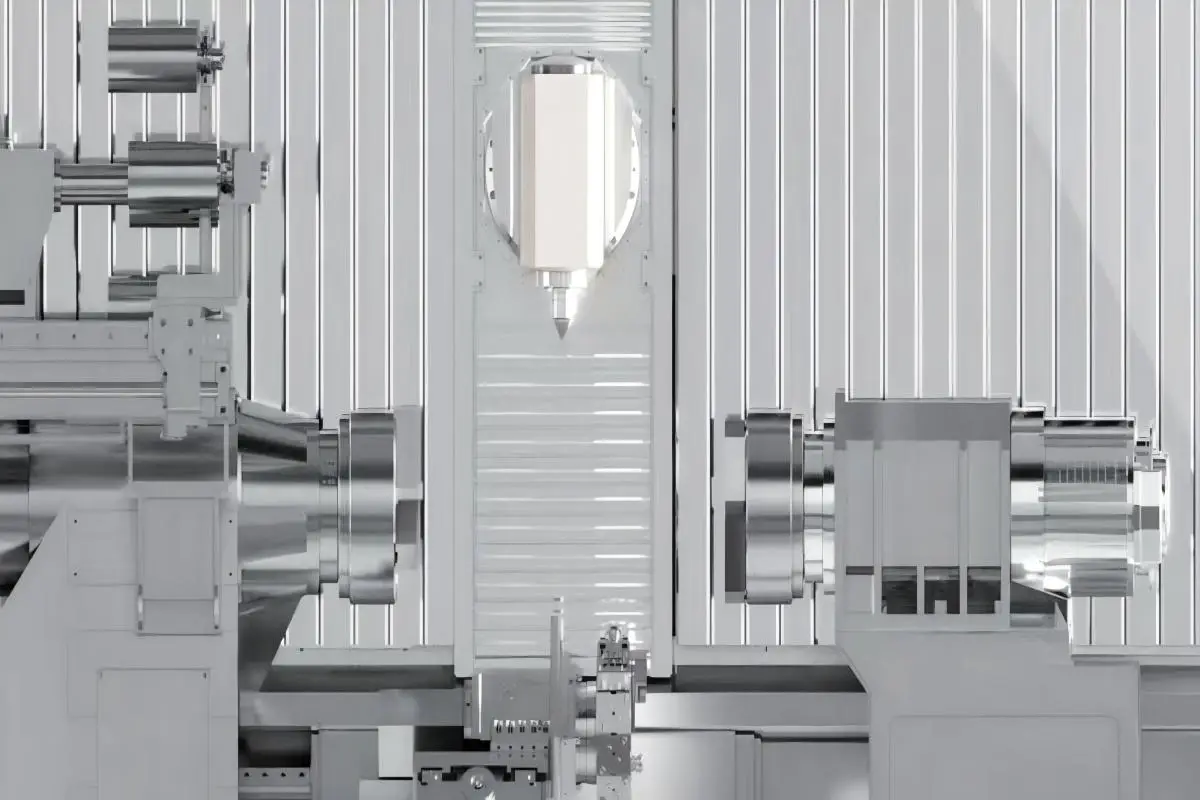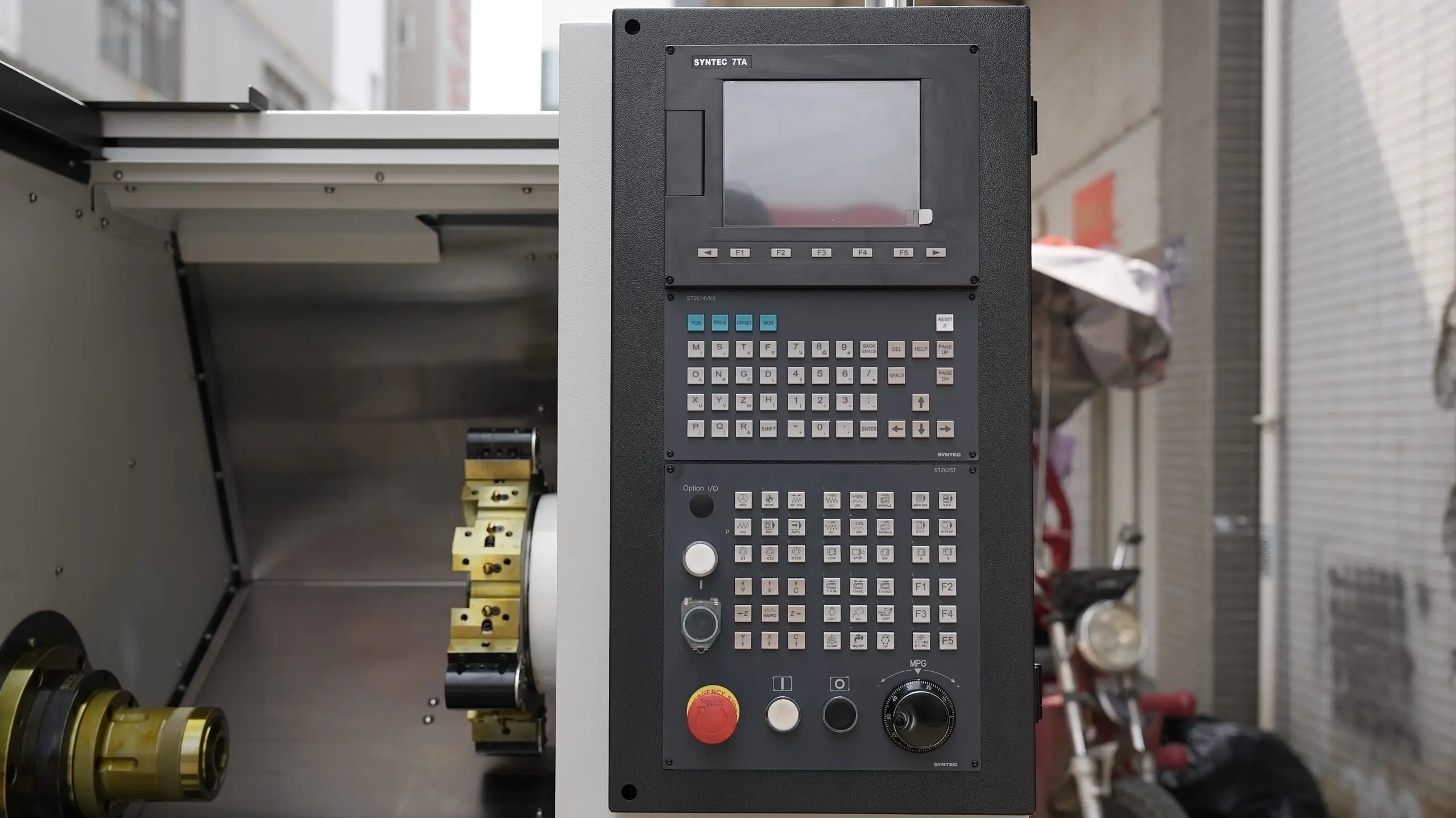In the realm of precision manufacturing, vertical machining centers (VMCs) play a critical role. As leading CNC vertical machining center manufacturers, we recognize the importance of these machines in enhancing productivity and accuracy in various industries. This article will delve into the essential components of a vertical machining center, focusing on how they contribute to the machine’s functionality and efficiency.
Key Components of Vertical Machining Centers
A CNC vertical machining center comprises several integral components that work in unison to achieve precise machining tasks. These include the spindle, table, tool changer, and control system. Each component plays a distinct role in the overall operation of the machine.
Spindle: The spindle is the heart of the vertical machining center. It houses the cutting tool and rotates at high speeds to remove material from the workpiece. Spindles vary in power and speed capabilities, making them suitable for different machining operations. CNC vertical machining center manufacturers often focus on optimizing spindle performance for better cutting efficiency.
Table: The table serves as the work surface where the material is mounted during machining. It can be fixed or moving, depending on the design of the small vertical machining center. A robust table is essential for stability, ensuring that the workpiece remains secure while being machined. The size and configuration of the table can significantly impact the types of projects a machining center can handle.
Tool Changer: The tool changer is a vital component that automates the process of switching between different cutting tools. This feature enhances productivity by allowing for quick changes without manual intervention. In small vertical machining centers, tool changers are often designed to accommodate a limited number of tools, making them efficient for specific tasks.
Control Systems in Vertical Machining Centers
The control system is the brain of the CNC vertical machining center, allowing for precise programming and operation of the machine. Modern control systems utilize advanced software and interfaces, enabling operators to program complex machining tasks with ease. These systems are essential for ensuring accuracy and repeatability, which are critical in manufacturing environments. As CNC vertical machining center manufacturers, we prioritize integrating sophisticated control systems that enhance the user experience and machine performance.
The Importance of Component Quality
The quality of each component in a vertical machining center directly impacts its overall performance and longevity. Investing in high-quality parts ensures that the machine operates efficiently and produces consistent results. This is particularly important for businesses looking to maximize their return on investment in manufacturing equipment. Selecting reliable CNC vertical machining center manufacturers is key to acquiring machines that meet rigorous standards for quality and performance.
Investing in Precision with Leichman
When considering a vertical machining center, it’s crucial to evaluate the components that ensure its effectiveness. With our commitment to quality and innovation, Leichman offers a range of small vertical machining centers designed to meet the demands of modern manufacturing. Connect with us to explore how our solutions can enhance your production capabilities.
